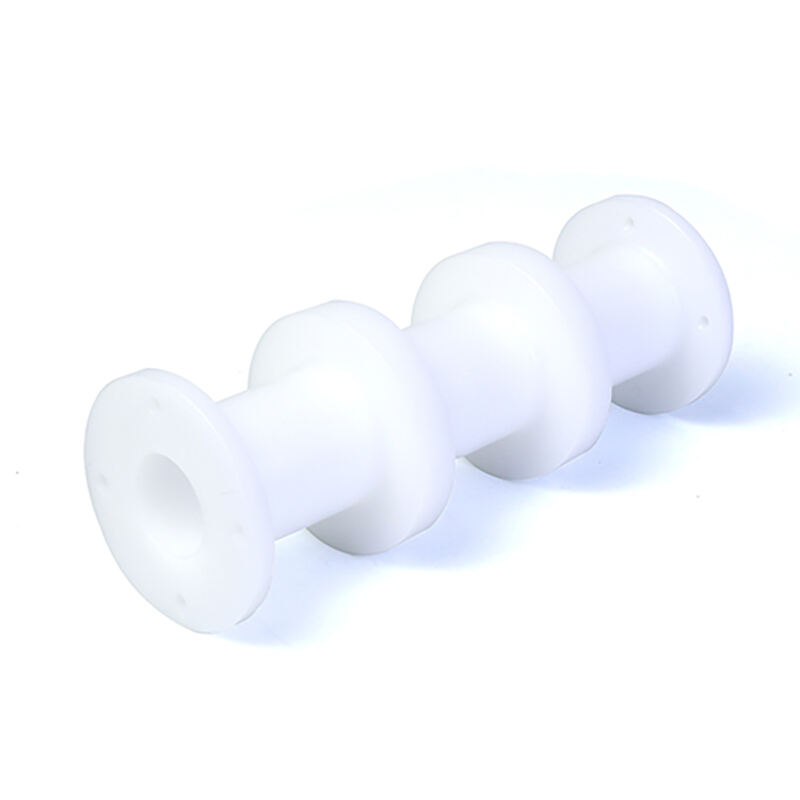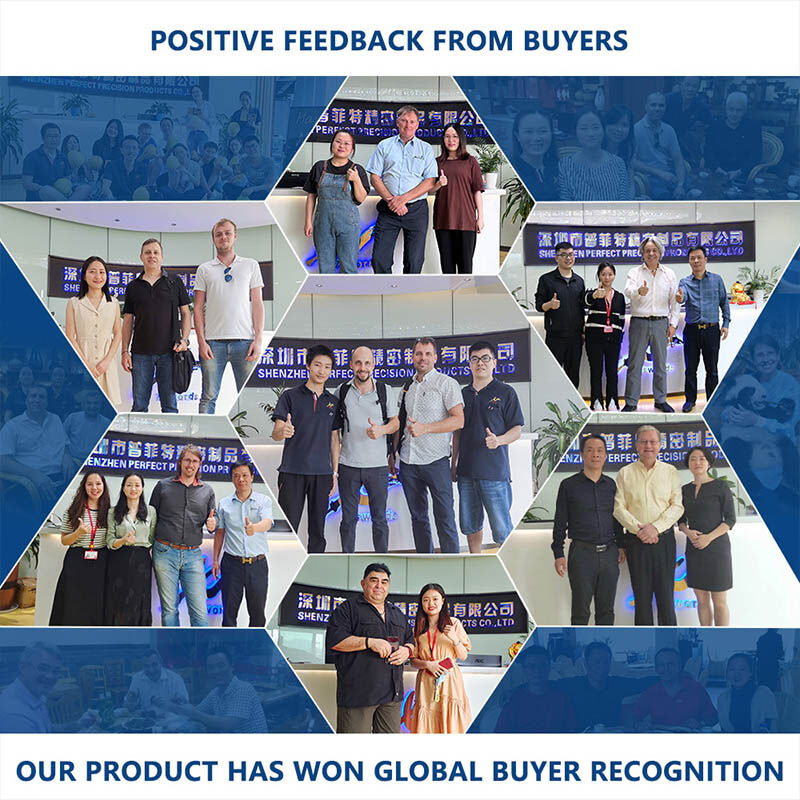المبنى 49، حديقة فومين الصناعية، قرية بينغهو، منطقة لونغغانغ
مغلق يوم الأحد
النوع: التوسيع، الحفر، النقش/تصنيع كيميائي، تصنيع بالليزر، التسوية، خدمات أخرى للتصنيع، الدوران، EDM السلك، النموذج السريع
رقم الطراز: OEM
كلمة مفتاحية: خدمات التصنيع باستخدام الحاسوب CNC
المواد: الفولاذ المقاوم للصدأ، الألمنيوم، السبائك، النحاس، المعدن، البلاستيك
طريقة المعالجة: تشكيل باستخدام CNC
وقت التسليم: 7-15 يومًا
الجودة: جودة عالية المستوى
الشهادة: ISO9001:2015/ISO13485:2016
MOQ: قطعة واحدة
دعنا نكون صادقين: تصميم جزء من البلاستيك لجهاز طبي هو أمر مختلف تمامًا. إنه ليس كتصميم جهاز استهلاكي. المخاطر أعلى، القواعد أكثر صرامة، ومبدأ "جيد بما يكفي" غير موجود. أنت تتعامل مع سلامة المرضى، ولوائح صارمة، وضرورة الاعتماد المطلق.
سواء كنت تعمل على أداة جراحية، أو غلاف لجهاز تشخيصي، أو جهاز مراقبة صحي قابل للارتداء، فإليك دليلاً عمليًا للتنقل في تصميم أجزاء طبية بلاستيكية مخصصة العملية.

من المكونات ذات الاستخدام الواحد إلى التجميعات المعقدة، بلاستيك يُعتبر البلاستيك المادة المثلى ولسبب وجيه:
• التوافق مع التعقيم: يمكنه تحمل دورات متكررة من التعقيم بالبخار (الأوتوكلاف)، أو الإشعاع الغاماي، أو الحمامات الكيميائية.
• مقاومة المواد الكيميائية: يتحمل التعرض للمطهرات القاسية وسوائل الجسم دون التدهور.
• خفيفة الوزن ومريحة: ضرورية للأدوات المحمولة والأجهزة القابلة للارتداء المستخدمة لفترات طويلة.
• فعالة من حيث التكلفة للأجزاء المعقدة: خاصةً عن طريق صب الحقن للأحجام الكبيرة.
• خيارات الشفافية: للأجزاء مثل غرف السوائل والهياكل الشفافة.
عند تصميمك لقطاع الطب، هناك ثلاثة عوامل مهمة بنفس قدر أهمية القطعة نفسها:
1. التوافق الحيوي: القاعدة رقم 1
يعني ببساطة أن قطعتك لا يجب أن تسبب رد فعل سلبي عند ملامستها لجسم المريض. يجب عليك اختيار مادة معتمدة من حيث التوافق الحيوي للاستخدام المقصود (مثلاً، ملامسة الجلد، الزرع داخل الجسم). تشمل الخيارات الشائعة المتوافقة مع إدارة الغذاء والدواء الأمريكية (FDA):
• بوليمر طبي درجة
• بولي كربونات (PC)
• بولي بروبيلين (PP)
• PEEK (لتطبيقات الزرع ذات القوة العالية)
• ABS
• السيليكون (للختم والأنابيب)
٢. الامتثال التنظيمي (FDA، ISO 13485)
يجب أن يكون بإمكان تتبع واعتماد العملية التصنيعية بأكملها. هذا ليس اقتراحًا؛ بل هو متطلب. تحتاج إلى شريك تصنيعي يكون حاصلًا على شهادة ISO 13485 . وهذا يضمن امتلاكه لنظام إدارة الجودة (QMS) مخصص للأجهزة الطبية، ويغطي كل شيء من مصدر المواد إلى الفحص النهائي.
٣. تصميم القابلية للتصنيع (DFM) - السلاح السري
يمكن أن يكون التصميم الرائع على الشاشة كابوسًا في الإنتاج. إن شركة الشركة المصنعة جيدة ستوفر تقرير DFM، وهو في جوهره مراجعة تعاونية تهدف إلى:
• اقترح تعديلات في التصميم لجعل القطعة أسهل وأقل تكلفة في القولبة أو التشغيل.
• حدد نقاط الضعف المحتملة أو مخاطر الفشل.
• أوصِ بالعملية المثلى للتصنيع (على سبيل المثال: التشغيل باستخدام CNC للنماذج الأولية مقابل القولبة بالحقن لإنتاج كميات كبيرة).
لا تتجاهل النموذج الأولي مطلقًا. بالنسبة للأجزاء الطبية، الأمر لا يتعلق فقط بملاءمة القطعة ووظيفتها – بل يتعلق بتأكيد مفهومك بالكامل قبل الاستثمار في أدوات باهظة الثمن.
• التشغيل باستخدام CNC: مثالي للنماذج الأولية الوظيفية. يمكنك استخدام نفس المادة النهائية لاختبار الخصائص الميكانيكية ودورات التعقيم والتجميع.
• الطباعة ثلاثية الأبعاد (SLA, SLS): رائعة للنماذج الأولية في مراحل متقدمة من الشكل والملاءمة والأجهزة المخصصة للمرضى. فقط تأكد من أن الراتنج المستخدم يتوافق مع متطلبات التوافق الحيوي إذا كان سيتصل بالجلد.
إن تصميم أجزاء طبية مخصصة من البلاستيك هو عملية مفصلة وتكرارية يُعد فيها السلامة والدقة في المقام الأول. من خلال التركيز على التوافق الحيوي والامتثال للوائح والتصميم الذكي قابلية التصنيع منذ البداية، يمكنك تجنب التأخيرات المكلفة وإنشاء جهاز ليس فعالًا فحسب، بل آمنًا وموثوقًا أيضًا.



س: متى يمكنني استلام نموذج أولي من CNC؟
ج: تختلف مدة التسليم حسب تعقيد القطعة وتوفر المواد ومتطلبات التشطيب، ولكن بشكل عام:
• نماذج أولية بسيطة: 1–3 أيام عمل
• مشاريع معقدة أو تتكون من أجزاء متعددة: 5–10 أيام عمل
الخدمة السريعة متوفرة في كثير من الأحيان.
س: ما هي ملفات التصميم التي يجب أن أزودكم بها؟
ج: للبدء، يجب أن ترسل:
• ملفات CAD ثلاثية الأبعاد (يفضل أن تكون بصيغة STEP أو IGES أو STL)
• رسومات ثنائية الأبعاد (PDF أو DWG) إذا كانت هناك متطلبات تحملات دقيقة أو خيوط أو تشطيبات سطحية
س: هل يمكنكم التعامل مع تحملات دقيقة؟
ج: نعم. إن التشغيل الآلي باستخدام الحاسوب (CNC) هو الخيار الأمثل لتحقيق تحملات دقيقة، وعادة ضمن:
• ±0.005" (±0.127 مم) كقياسي
• يمكن توفير تحملات أكثر دقة عند الطلب (مثل ±0.001" أو أفضل)
س: هل يناسب النموذج الأولي لـ CNC الاختبار الوظيفي؟
نعم. يتم تصنيع نماذج أولية باستخدام تقنية CNC من مواد هندسية حقيقية، مما يجعلها مثالية للاختبارات الوظيفية، والتحقق من التوافق، والتقييمات الميكانيكية.
هل تقدمون إنتاجًا بكميات صغيرة بالإضافة إلى النماذج الأولية؟
ج: نعم. تقدم العديد من خدمات CNC إنتاجًا تجريبيًا أو تصنيعًا بكميات صغيرة، وهو مثالي لكميات تتراوح من 1 إلى مئات الوحدات.
هل تصميمتي سرية؟
نعم. توقع خدمات تصنيع النماذج الأولية باستخدام تقنية CNC ذات السمعة الجيدة اتفاقيات عدم الإفصاح (NDAs) دائمًا، وتحافظ على سرية ملفاتك والممتلكات الفكرية الخاصة بك.
جميع الحقوق محفوظة © شركة شنتشن بيرفكت برسيزيون برودكتس المحدودة — سياسة الخصوصية—المدونة